|
|
Home →
Algonquin Winter Tracking
Algonquin Winter Tracking Expedition 2006
|
Wednesday (Day 4)
|
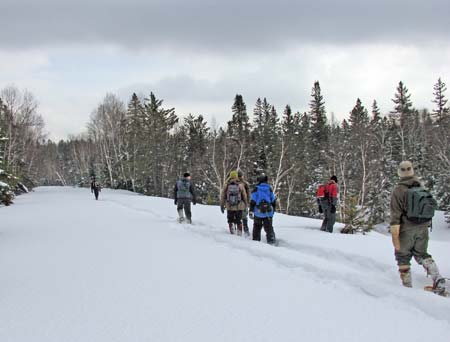 |
We spent today exploring part
of the Mizzy Lake trail, in particular the part that runs
along an old railroad grade. |
|
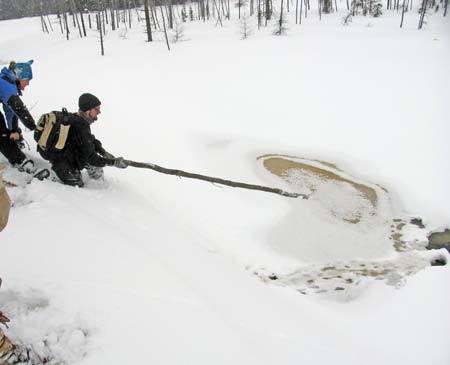 |
Otter tracks, scat and plunge
hole. Dan is using a long pole to obtain a sample of the
scat, in order to verify that it is indeed otter scat. We
couldn't go down to the area of the tracks and hole due to
thin ice.
Otter scat smells very fishy, as that is what otters eat.
And before you gross out over the concept of smelling scat,
this is a valuable aid in tracking when done with care.
Sometimes scat contains parasites that can be airborne, so
one must be careful with this. |
|
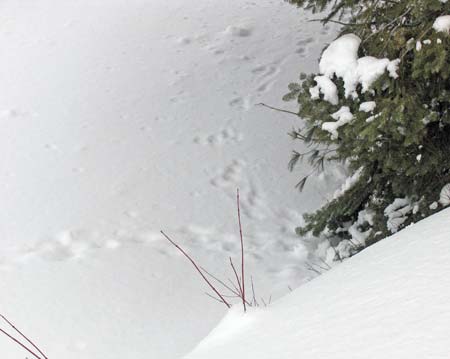 |
Further along, we came upon
wolf tracks on the edge of a frozen lake. Here the wolves
have come in to shore to spray their scent on this Balsam
Fir tree. How did we know these were wolf tracks? Because
our leader, Dan, told us! Seriously ... one measures the
track size (width and length), and measures the stride and
trail width. Also, when you can find a clear track you can
actually see the shape and configuration of the pads and
toes, and even claws, all of which provide clues to the
species of animal that made the tracks. |
|
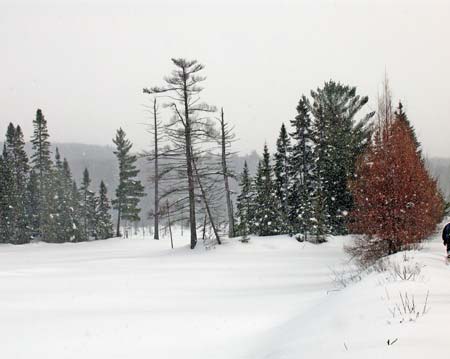 |
West Rose Lake. |
|
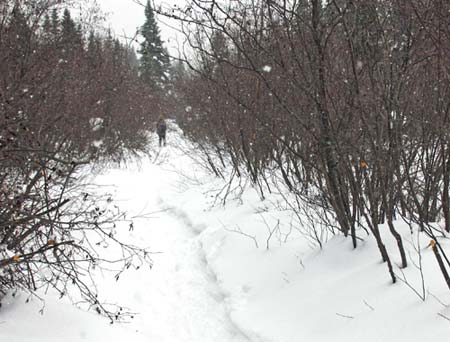 |
Passing through a wet area
thick with Speckled Alders. There's a Tracking Quiz on
this website inspired by some sign we found in this area.
Click here to go
to Tracking Quiz #27. |
|
|
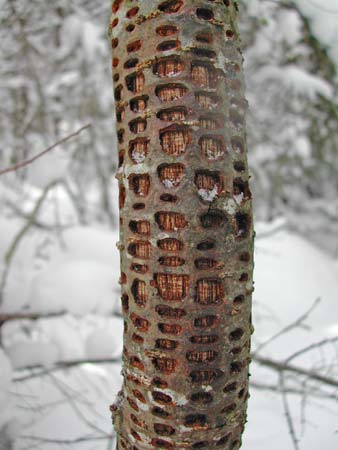
Photo by Dan Gardoqui |
Sapsucker holes on an alder.
Sapsuckers are birds that eat the sap of trees. They drill a
series of holes in various trees and shrubs, and return
later to drink the sap. They also eat the insects that are
attracted to the fresh sap as well. |
|
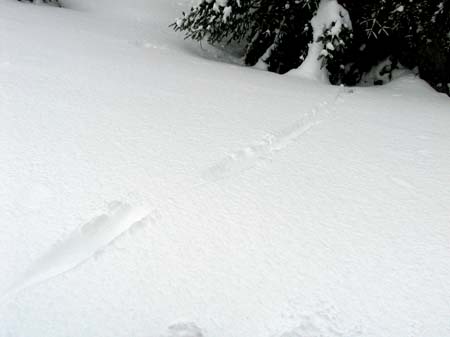 |
Otters aren't the only animals
who like to slide down slopes, or even along level ground,
in the snow. Here's a slide made by a Mink! |
|
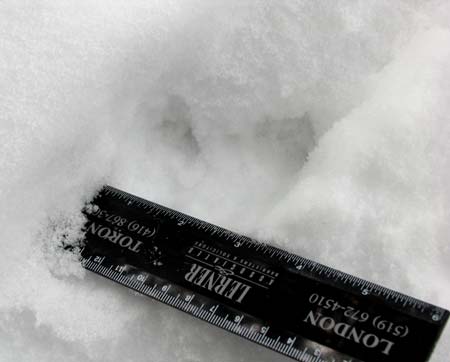 |
Track identification in
action! The Mink that made the slide left behind some clear
tracks before it went downhill. Here we are measuring the
tracks to verify that they are indeed Mink tracks. |
|
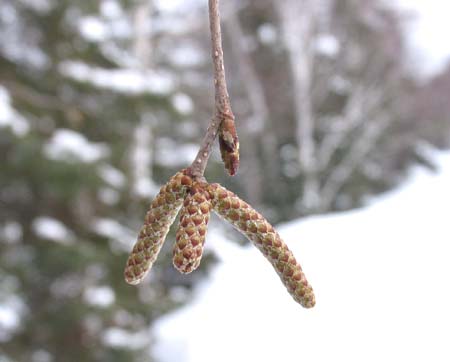 |
The rest of nature was not
forgotten on our day-long outings. We did a lot of tree &
shrub identification as well as tracking. Also wildflower
identification - well, not the flowers, but the remnants of
last year's plants. This is White Birch, showing the
flower and leaf buds ready to open come spring. Which one do
you think is the flower bud? |
|
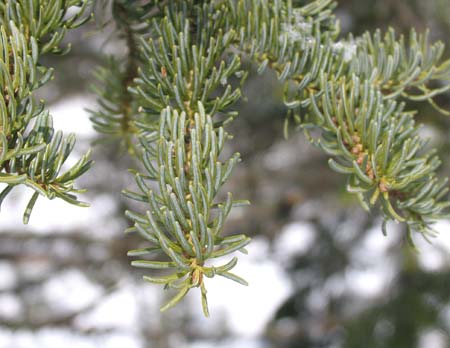 |
And here is a Balsam Fir
masquerading as a spruce. Most people think of Balsam Fir
needles as lying flat, but sometimes they stick up like
this! I think they do it on purpose so that people can get
into arguments about what species of tree it is! :) |
|
| |
|
Previous
Next |
|
|
|
|